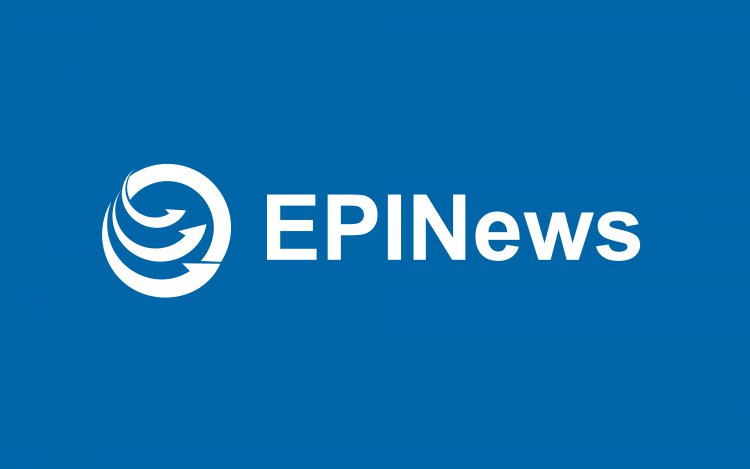
Polio programme must keep clear focus in 2023 on adapting operations amid broader humanitarian emergencies
2023 is a critical year for the global effort to eradicate polio. It is the year where all remaining poliovirus transmission globally is slated to be fully interrupted, per the GPEI Polio Eradication Strategy 2022-2026. A unique epidemiological window of opportunity is presenting itself at the start of the year, that we must capitalize on. So what is the programme’s focus for achieving success this year? The answer is: reaching zero-dose children in the most consequential geographies.
In the two countries which remaining endemic to wild poliovirus – Pakistan and Afghanistan – virus transmission is more geographically restricted than ever before. In Pakistan, for example, all cases in 2022 were concentrated in just six districts of one province, out of a total of 180 districts in the country. But even more importantly: the biodiversity of the virus (ie the individually-distinct virus lines that actively circulate in the country) continues to decline. In 2020, the country was affected by 11 separate and individual chains of transmission, and this was reduced to four in 2021, and to just one single chain in 2022. This means that individual virus lines are being successfully knocked out. The situation in Afghanistan is very similar, and incidentally, we saw the same thing in other countries as they approached their final eradication efforts, notably India, Nigeria and Egypt.